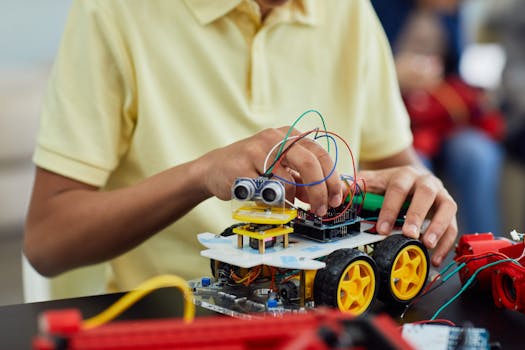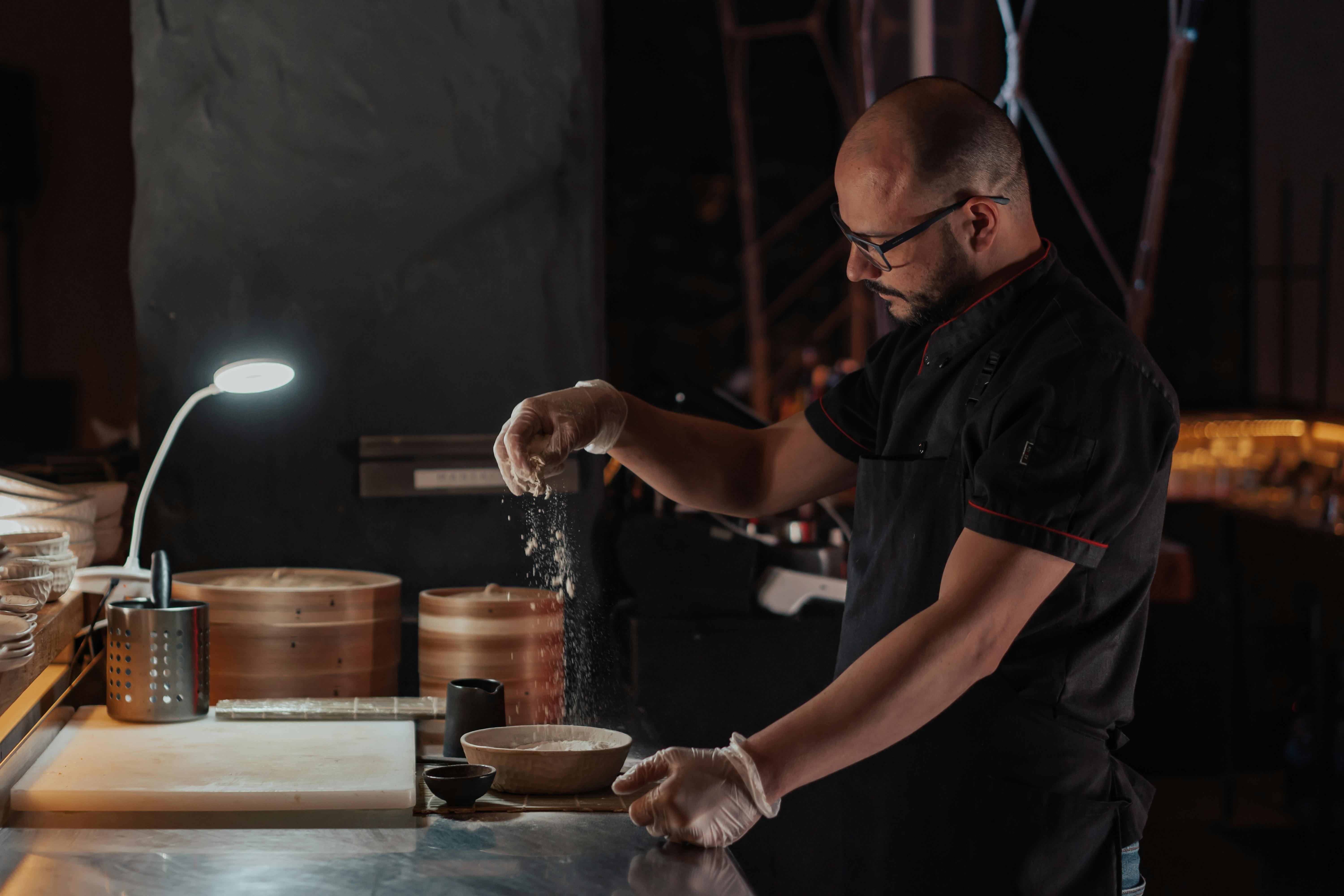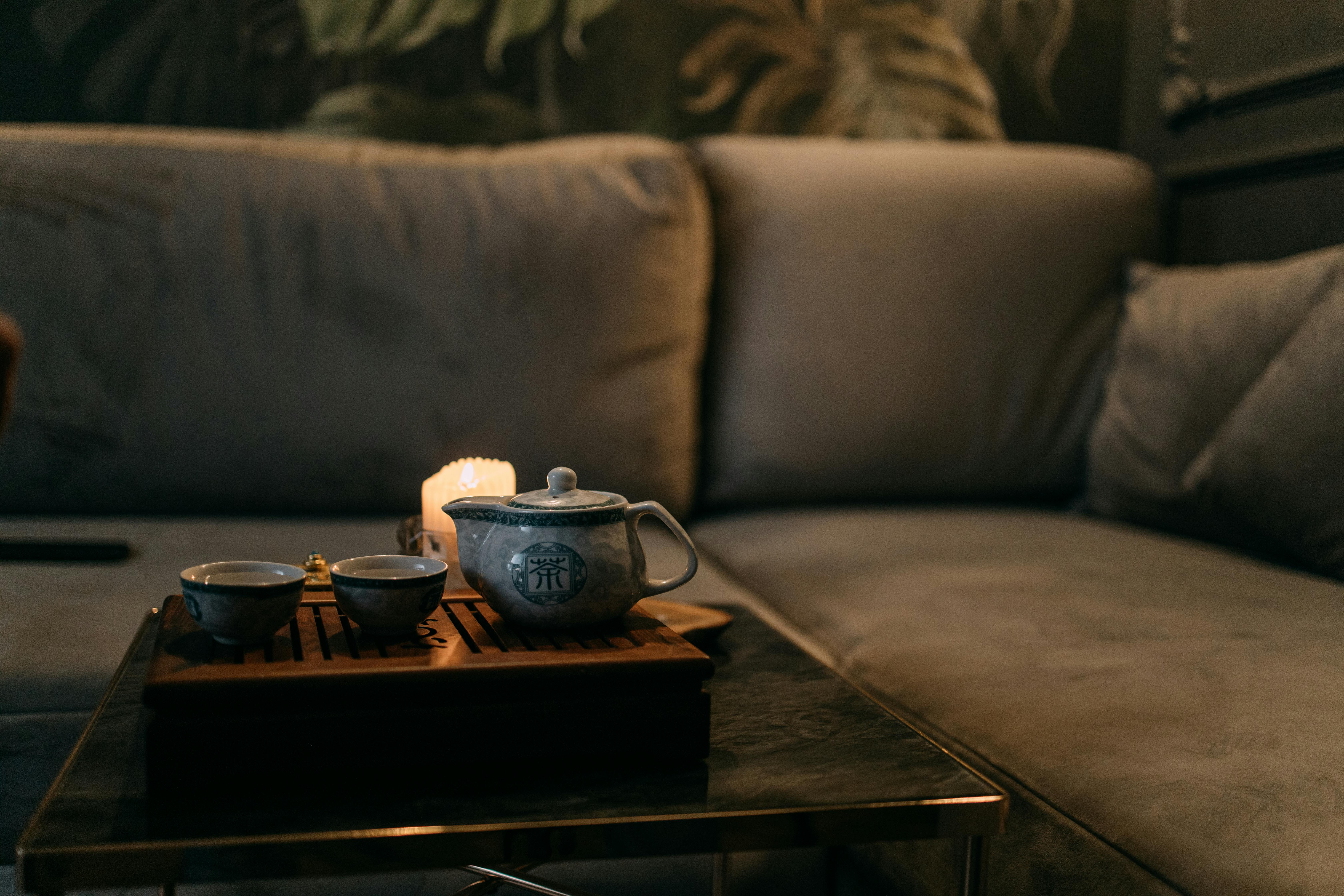As an affiliate, I earn from qualifying purchases, but this doesn't affect the reviews or recommendations—your trust is important to me!
Creating Your Own Groovy DIY Lava Lamp Experiment

Today, We're Making:
- - DIY Lava Lamp Experiment
- - Earth Day-themed Soda Bottle Ecosystem: Considering April 20th is close to Earth Day (April 22nd), a project idea could be creating an ecosystem within a soda bottle. Kids can learn about photosynthesis, the cycle of water and biological habitats in a fun way while recycling a soda bottle at the same time.
- - Solar System Mobile: Children can create a solar system mobile, learning about the solar system and space. This project requires minimal supplies such as hangars, strings.
Did you know you can create a groovy sense of vintage nostalgia right at home?
Think back to the ooey-gooey delight of a classic lava lamp. Now imagine crafting one yourself. Yes, you read it right. Making your own DIY lava lamp experiment has become a fascinating science project for kids and teens alike. This DIY home decor not only adds a funky accent to any room, but it also offers an interactive learning experience.
From understanding the principles of liquid immiscibility to watching the magic of a homemade lava lamp come alive — there's never a dull moment in this groovy DIY project.
So, are you ready to dive into the wonderful world of scientific creativity?
Gathering Your Materials
To jumpstart our DIY Lava Lamp Experiment, you'll first need to gather all the necessary materials. Typically, these items can be found around the house, making this a cost-efficient diy home decor project. To craft your own vintage lava lamp, you'll need:
- a clear glass or plastic container
- vegetable oil
- food coloring (preferably a groovy color to maintain the retro vibe)
- effervescent tablets (like Alka-Seltzer)
- water
There, wasn't that simple? Unlike other crafty science experiments, your homemade lava lamp doesn't require any weird contraption; it's all about mixing simple ingredients together.
The Groovy DIY Fun Begins!
Now that you have your materials, the fun can start in full swing. You'll begin your DIY Lava Lamp Experiment by filling your chosen clear container about 3/4 full with the vegetable oil. The remaining 1/4 of your container is dedicated to your water and food coloring mix. Make sure you choose a bold color to give your homemade lava lamp that groovy touch. Red, purple, or blue are great choices!
Understanding the Science
As a fun DIY experiment, the DIY Lava Lamp Experiment offers more than just aesthetic appeal. It's also a terrific science project for kids and teens alike. When you drop the effervescent tablet into your oil and water mixture, it'll create a gas. That gas will rise to the top, carrying some colored water with it. As the gas escapes, the colored water falls back down. This magical process, known as liquid immiscibility, visually demonstrates the scientific concept of density in a fun and engaging way. Plus, it creates the groovy dances of blobs - the hallmark of the classic lava lamp!
Now you know not only how to create a lava lamp, but also the science behind its mesmerizing movements. Whether you're making a lava lamp as a cool science project or simply for your DIY lighting projects, you're sure to have an enlightening adventure!

As We Wrap Up Our Groovy Venture
Remember, the magic truly lies within the journey, not just the destination. Delight in the process of creation, engage with the wonders of science, and relish the joy of watching your own mini universe come alive in a glass container.
With each effervescent tablet you drop into your DIY lava lamp, you’re not only stirring up a kaleidoscope of color, but you’re also stirring up an innate curiosity. Enjoy this fun-filled experiment and let the retro vibes flow right into your space.
Now, It’s Time to Kick Back, Relax, and Let Your Homemade Lava Lamp Set the Ambiance
Just as each blob in the lava lamp dances to its own rhythm, you too are an essential element in the motion of your world. So, keep exploring, keep learning, and most importantly, keep radiating your groovy light!

You May Also Like These:
Earth Day Themed Soda Bottle Ecosystem Project
Objectives:To create a miniature ecosystem using recycled materials to promote recycling and sustainability awareness.
Ingredients:
- Empty 2-Liter soda bottle
- Scissors
- Gravel or small rocks
- Potting soil
- Small plants (preferably native species)
- Small insects or worms (optional)
- Duct tape
- Water
Instructions:
- Clean the Bottle:
- Cut the Bottle:
- Layer the Gravel:
- Add Soil:
- Plant your Plants:
- Add Insects(Optional):
- Water your Ecosystem:
- Secure the Lid:
- Observe:
Thoroughly wash out the soda bottle and remove any labels. This will make sure your ecosystem can be viewed clearly.
Using scissors, carefully cut the soda bottle in half. Keep both parts. The top part will act as a lid whilst the bottom part will be your terrarium base.
Add a 1–2 inch layer of gravel or small stones to the bottom of the base for drainage.
Then add potting soil to cover about 3-4 inches above the gravel/stone layer. Leave enough room for the plants to fit and grow.
Plant your chosen plants in the soil. When choosing plants, consider the size of your bottle and how much the plants will grow.
You may place a few insects or worms in the soil. They will help keep your ecosystem clean by eating decaying matter.
Add a small amount of water to your ecosystem. Be careful not to overwater; the soil should be damp but not waterlogged.
Finally, place the top half of the bottle (the lid) back onto the base and seal it with duct tape.
Now you can observe your own Earth Day soda bottle ecosystem! Keep it in a place where it can get indirect sunlight and watch as it grows and changes over time.
Biological Habitats & Water Cycle with a Soda Bottle
Ingredients
- 2-liter soda bottle - clean and empty
- Soil - enough to cover the bottom of the bottle
- Small plants or seeds - select your child's favorites
- Small insects or earthworms - optional
- Water - to provide the needed moisture
- Rocks and pebbles - for base layer
Steps
- Cut the 2-liter soda bottle in half, just where the bottle starts to curve towards the top.
- Begin to build the habitat in the bottom half of the bottle. Layer the soil, rocks, organic matter or charcoal, and pebbles.
- Plant the seeds or small plants inside the bottle, positioning them well apart.
- If you choose, introduce the insects or earthworms in this habitat.
- Water your habitat sparingly. The purpose is to create a miniature water cycle - not a flood!
- Place the upper half of the bottle (the part with the spout) upside down on top of the bottom half. It should function as a lid.
- Leave your bottle in a sunny spot and observe the water cycle. The water will evaporate, condense on the upper half of the bottle, and 'rain' back down into the habitat.
Tips:
- Avoid overwatering. It may cause your plants to rot, and it also discourages a healthy water cycle from occurring.
- Keep your habitat in a place where it gets plenty of indirect sunlight.
- Observe your habitat daily. You should see changes within a few days.
Fun STEM Projects for Water Cycle and Biological Habitats
Project 1: Soda Bottle Water Cycle
Ingredients:- A clean, transparent 2-liter soda bottle
- Clear tape
- Blue food coloring (optional)
- Water
- Remove the label of the soda bottle and fill it about one-third of the way up with water.
- Add a few drops of food coloring if desired and tighten the cap.
- Place the bottle in a sunny spot and watch the water cycle in action over the next few days. You'll observe evaporation, condensation, and precipitation!
Project 2: Soda Bottle Habitat
Ingredients:- A clean, transparent 2-liter soda bottle
- Stones/pebbles
- Soil/compost
- Small plants/seeds
- Water
- Cut the soda bottle in half.
- In the bottom half, layer the stones/pebbles for drainage, add soil, and then plant your seeds.
- Water your mini habitat and cover it with the top half of the bottle.
- Place in a sunny spot and observe how your habitat flourishes.
Project 3: Solar System Mobile
Ingredients:- A clean, transparent 2-liter soda bottle
- Acrylic paint in various colors
- String or fishing line
- A needle
- Small foam balls or rocks
- Paint the foam balls or rocks to represent the different planets and allow them to dry.
- Cut the soda bottle into rings of various sizes.
- Use the needle to string and hang the planets from the soda bottle rings, arranging them by their order in the solar system.
- Hang your solar system mobile in a well-lit area.
<h1>Solar System Mobile STEM Project</h1> <h2>Ingredients</h2> <ul> <li>
STEM Project: String Art Geometry
Ingredients:
- A wooden board (minimum 12x12 inches)
- Pencil and ruler
- 1-inch nails
- A hammer
- Strings of different colors
Instructions:
- Step 1: With a pencil and ruler, draw your desired design on the wooden board. Geometric shapes or symmetrical patterns work best.
- Step 2: Hammer nails along the lines of your design. Ensure nails are evenly spaced, approximately 1 inch apart.
- Step 3: Choose a starting nail, tie the string tightly around it ensuring it is secure.
- Step 4: Start wrapping the string from the starting nail to a nail across it in your design. Wrap it around the second nail and bring it back to the starting one.
- Step 5: Repeat Step 4, but this time moving to the next nail in your design. Ensure the string is pulled tight and is secure at each nail.
- Step 6: Continue until all nails have been included in the pattern. You can switch colors by simply cutting the string, tying it off on a nail, and starting with a new color.
- Step 7: Once done, step back and admire your string art masterpiece!











